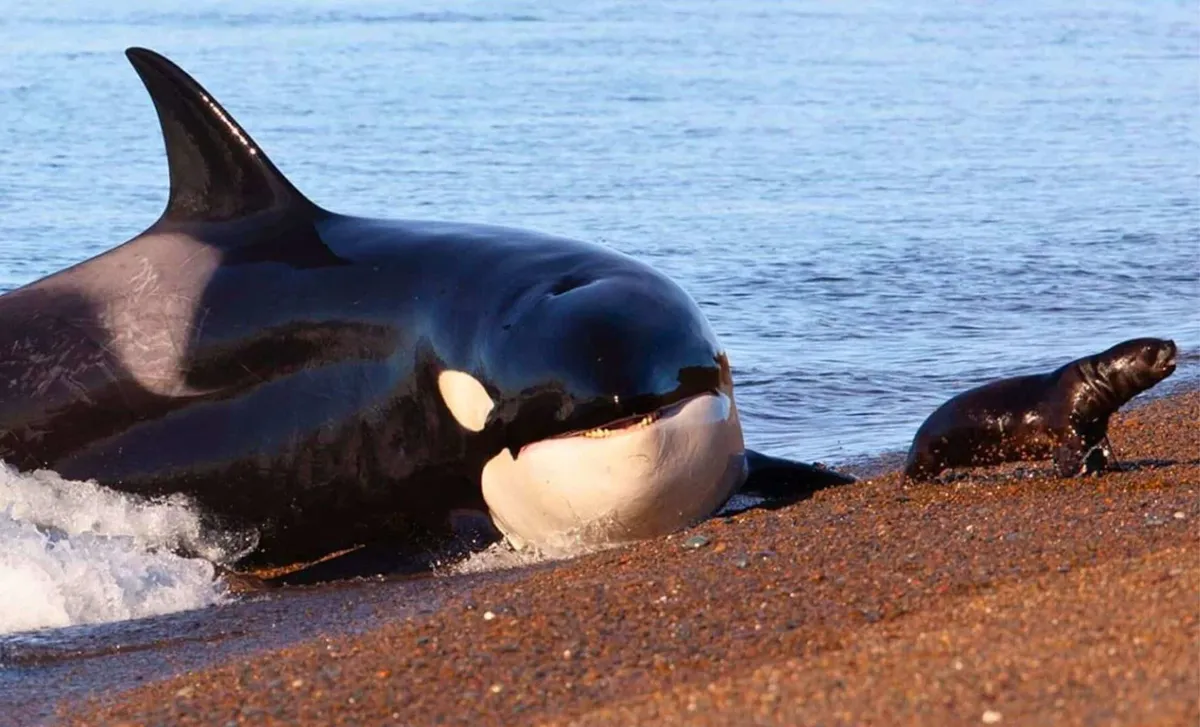
Approximately 250 million years ago, mammals that once thrived on land began their remarkable transition back into the sea. The descendants of these pioneering animals, including today's dolphins and orcas, have evolved into highly adapted marine predators that excel in oceanic environments. However, a new study published in the Proceedings of the Royal Society B suggests that this evolutionary journey has reached a critical threshold: dolphins and orcas are now at a point of no return.
According to researchers, dolphins and orcas have become so thoroughly shaped by their aquatic environments that they can no longer re-evolve for life on land. This study argues that once mammals fully transition from a semi-aquatic lifestyle to an entirely marine existence, their adaptations become irreversible. This concept aligns with a well-known principle in evolutionary biology called Dollo's law, which posits that complex traits lost through evolution rarely re-emerge. In the case of dolphins and orcas, researchers have identified that “a crucial tipping point” has been crossed, sealing their fate as exclusively ocean-dwelling creatures.
Over time, dolphins and orcas have developed numerous traits specifically tailored for marine survival. These adaptations include:
Larger Body Sizes: To conserve heat in cold waters. Carnivorous Diets: Supporting their heightened metabolic needs. Flipper-Like Limbs: Evolved from their ancestral limbs for swimming efficiency. Muscular Tails: Adapted for powerful propulsion in the water. Reproductive System Changes: Adjusted to facilitate aquatic births.These significant anatomical changes have refined their entire biological systems—including respiratory, muscular, skeletal, and reproductive systems—specifically for life in the ocean. The study conducted by Bruna Farina, a doctoral candidate at the University of Fribourg in Switzerland, emphasizes that these changes are not easily reversible, further anchoring these species to their aquatic environments.
While these profound adaptations have empowered dolphins and orcas to become apex predators in the ocean, they also come with a notable drawback. The highly specialized nature of their traits diminishes their ability to adapt to rapid environmental changes. Researchers warn that such rigidity could pose significant risks, especially in the face of climate change and escalating ocean pollution. Farina and her team underscore that these marine mammals are now “trapped in their watery ways,” with their success in the ocean resulting in reduced flexibility. If oceanic conditions deteriorate beyond their biological limits, these animals lack an evolutionary escape route.
The future of dolphins and orcas becomes increasingly precarious as ocean environments are disrupted by rising temperatures, acidification, and declining prey populations. The study calls for heightened awareness regarding the vulnerabilities of fully aquatic mammals. Since their evolutionary path cannot be reversed, dolphins and orcas must adapt within the constraints of their current adaptations. Their survival hinges on the health of the oceans they inhabit, making the conservation of marine ecosystems more critical than ever.
In conclusion, the evolutionary journey of dolphins and orcas illustrates a fascinating yet cautionary tale of adaptation and survival. As we continue to explore the complexities of marine life, it is essential to recognize the challenges these magnificent creatures face in an ever-changing world.